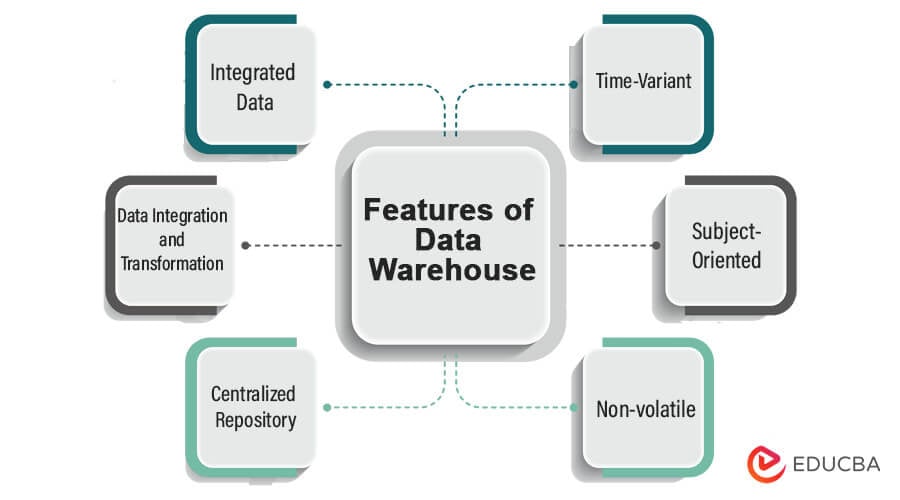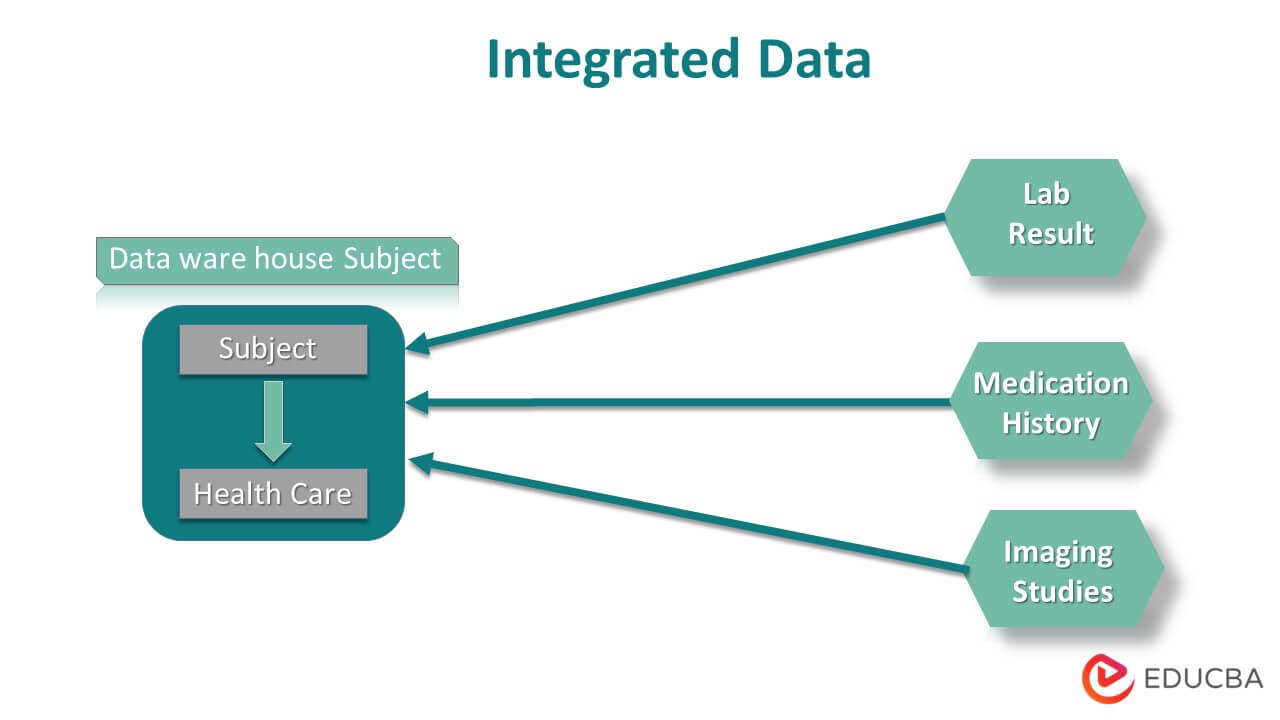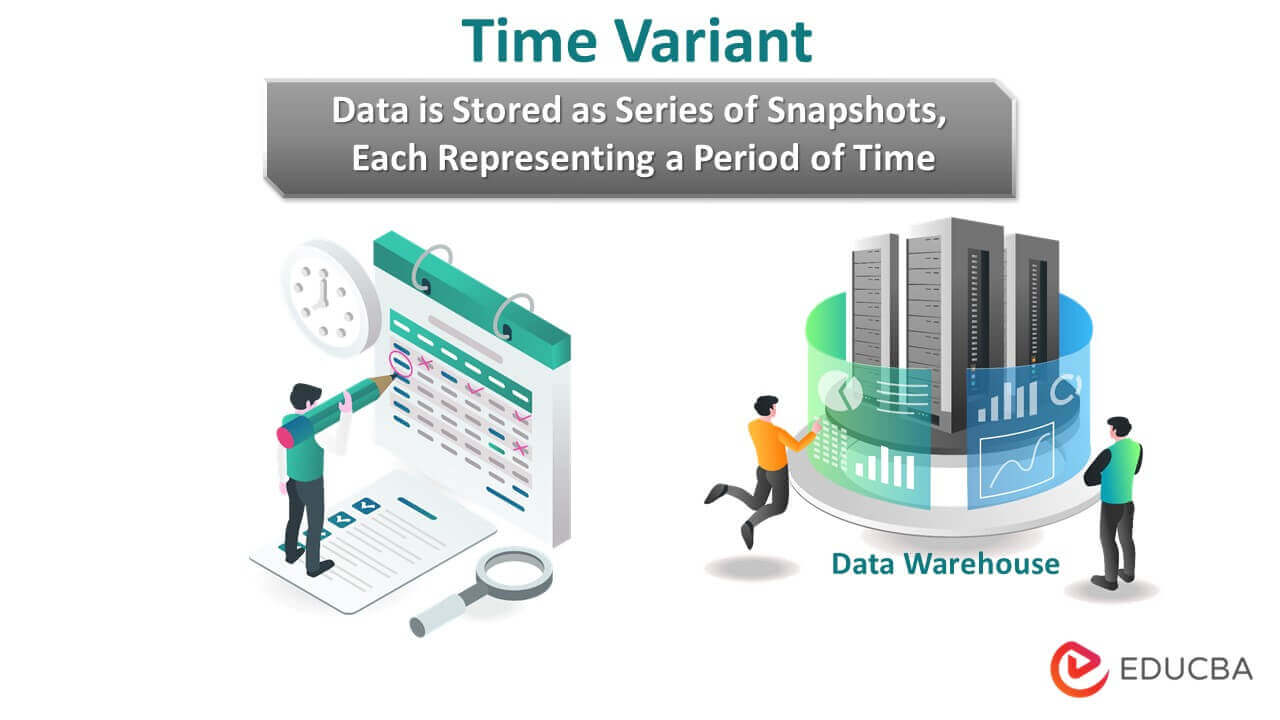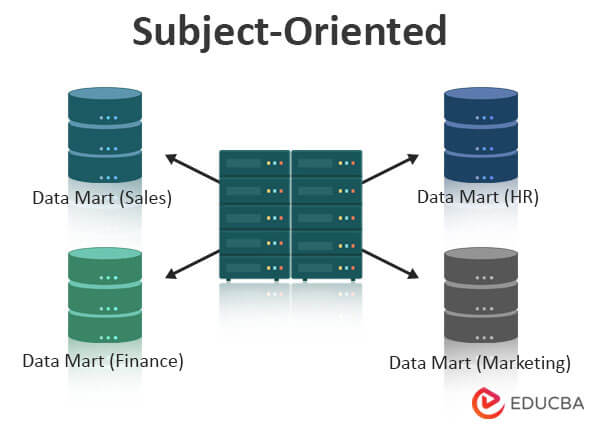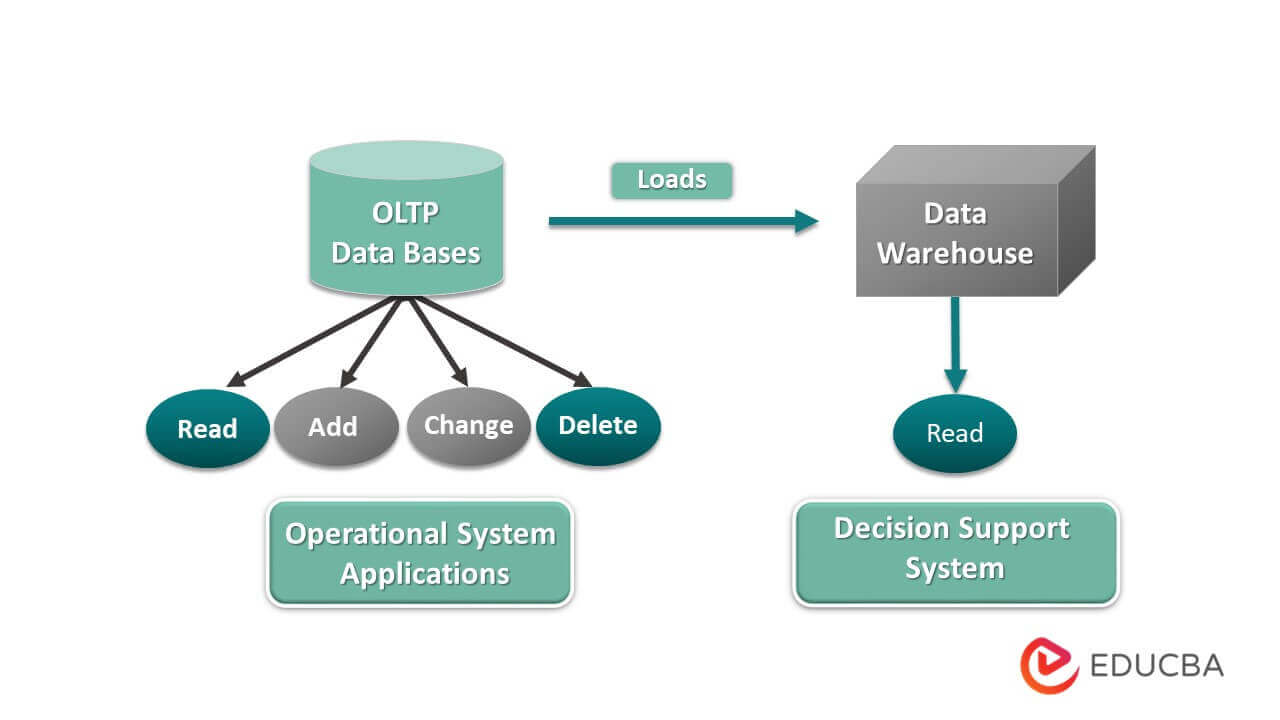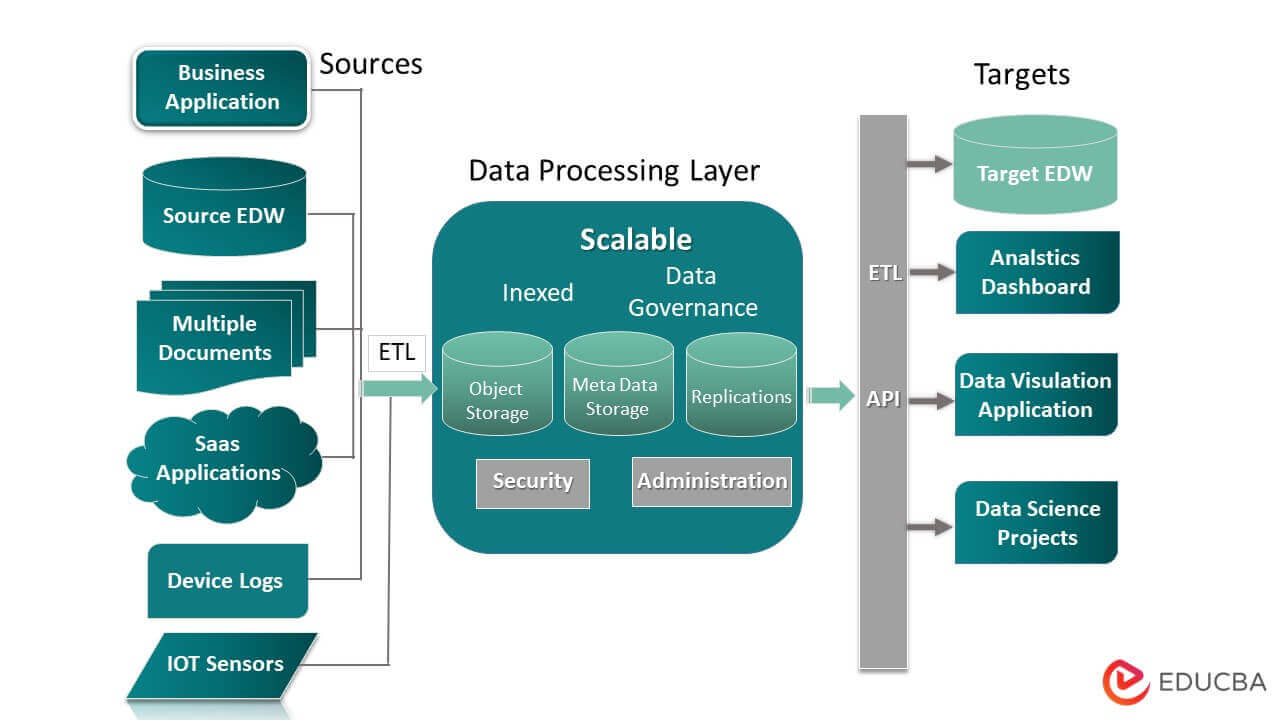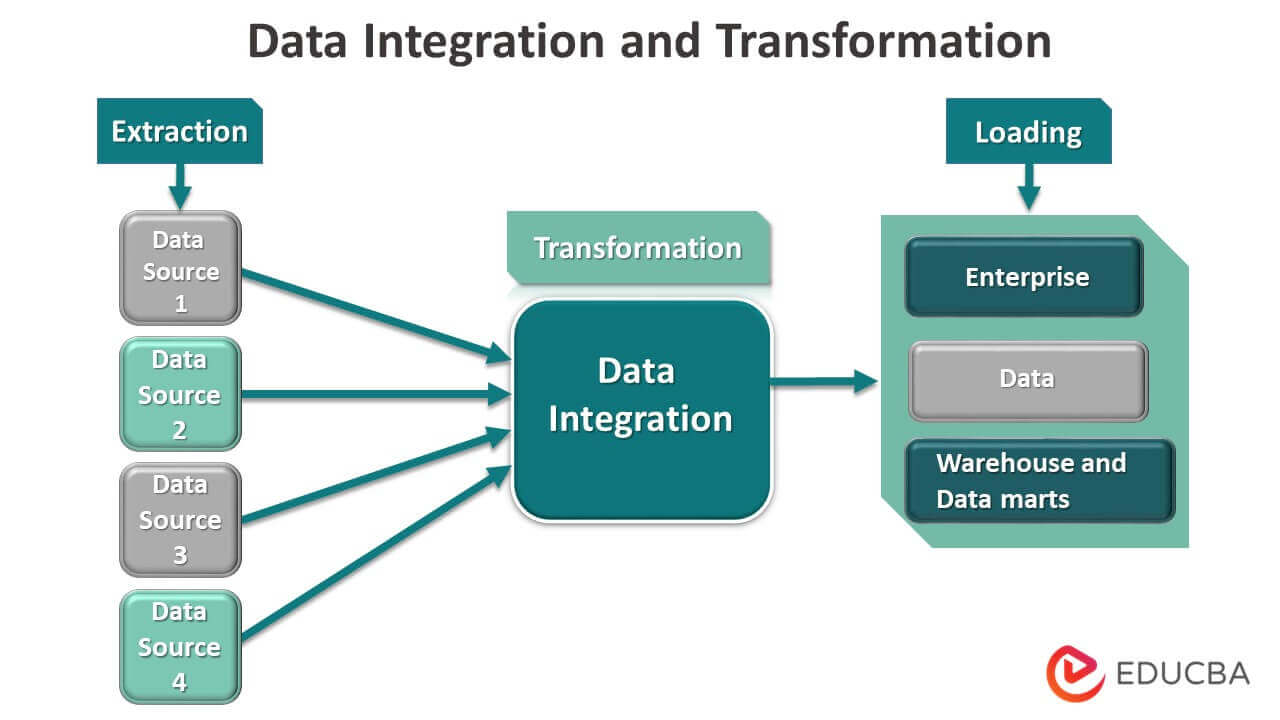Updated June 16, 2023
Introduction to Data Warehouse Features
Data Warehouse Features are the core functionalities that enable efficient and effective data management within a data warehouse. Some key data warehousing features include a centralized repository, subject-oriented data, non-volatile data storage, data integration, and transformation.
Data Warehouse Features are essential for organizations as they provide a unified view of their data, enabling efficient and effective analysis of historical data trends and patterns. They also enable organizations to make better business decisions by providing accurate and consistent data and facilitating data-driven decision-making. Additionally, data warehouse features help organizations to improve their operational efficiency, reduce costs, and increase revenue by optimizing business processes and identifying new business opportunities.
Key Highlights
- Data warehouse features are mainly integrated, time-variant, subject-oriented, non-volatile, Data Integration and Transformation, and Centralized Repository.
- Integrated data means a data warehouse stores data from multiple sources by standardizing and formatting all data into a single, consistent format to support accurate reporting and analysis.
- Subject-oriented means a data warehouse groups data in business subjects rather than in technical data structures.
- A centralized repository is a core feature of a data warehouse that offers a unified view of an organization’s data.
- Time-variant means a data warehouse stores historical data and supports time-based data analysis.
- Data integration and transformation features are critical functionalities that enable data to be extracted from various sources, transmuted into a consistent format, and loaded into a data warehouse.
- Non-volatile means once a data warehouse stores some data; it cannot change. It ensures data consistency and accuracy.
Features of Data Warehouse
Below are the different features of Data Warehousing techniques, based on which the Database professionals can choose to implement this system in their organization,
#1 Integrated Data
Integration means placing a public entity to filter and capture similar items (or “like” data sets) from the unlike items in multiple database systems. These “like” data sets are then moved to the data warehouse using a general principle or a standard format. This method is followed in all the data warehouse systems, as it aids in keeping the integrity of the data in the data warehouse intact.
Usually, a data warehouse incorporates data and information from diverse data sources connected and operated for a specific set of application systems. These data sources can have a distinct data format or, in most cases, a mix of data formats, such as documents, numbers, files of different formats, characters with or without symbols, etc. The data sources are also subjected to various update processes like common naming standards, data formatting, sorting, etc.
Integrating the data facilitates the successful examination of the data from the database systems, which can be ready for later use for any operation. The readiness of the data can improve the system performance and decrease the processing time with remarkable progress in analytical flow. The output is clean and formatted data.
#2 Time-Variant
Time Variance is the time prospect of the data warehouse system, which is widespread. It is generally adaptive to the time and date set on the operational systems, as the data warehouse systems can directly reflect time. It documents the data and contents of the data warehouse under a specific period, which it then presents along with the information gathered from the previously-stored prospects.
Every data unit inside the data warehouse databases can hold the factor of time, both plainly and in a formatted manner. The data in the warehouse will usually have the time indicators as and when placed in the database tables. The database design facilitates that every record stored in the tables inside is accommodated with the time unit. The time unit is of a specific format with date & time. Each data is updated whenever there is a change to the data. When a person in a different time zone accesses the data, the time conversion occurs automatically concerning the system time of that person.
#3 Subject-Oriented
The term subject-oriented refers to the subject-wise storage of data. It means that the data in the system reside in groups revolving around a common idea. Grouping is an essential characteristic of the data warehouse, which aids in keeping the system organized and well–organized. The usual subjects for this grouping mechanism depend on the industry or the organization’s market. Examples of the subjects are employees, marketing, sales, research, products, customers, etc.
The Database organization in a Data Warehouse does not focus on the current or upcoming actions carried out on the Data Warehouse system. On the contrary, it shares the load amongst various processes like the database systems’ design, implementation, analysis, and maintenance, using the required data for decision-making. It creates an easy, precise, and terse outlook for a factual matter by not including unsupported data for any decision-making activity.
#4 Non-volatile
The data in the databases do not permanently clear when a user deletes it. Instead, the deleted data moves to a recyclable location, which is retrievable according to requirements. In most cases, the data in the database systems are non-editable and refreshed on a scheduled time frame. Tracking the activities performed on each data can let the system store the history of the data in the database, so when the user needs to know the previous actions, they can easily fetch the data’s history. It helps combine multiple data control methods into a single history maintenance activity.
Additionally, the database doesn’t require manipulative operations like inserting, updating, and deleting the data in a given specific background. On the other hand, the data warehouse can be subject to two different operations that can apply to the data placed in the databases of the data warehouse system: Data Loading and Data Access.
#5 Centralized Repository
Another critical feature of data warehousing is a centralized repository. This means all data is stored in a single location rather than scattered across various systems or databases. This centralized approach allows for easier data management, maintenance, and organization and helps ensure data consistency and accuracy.
In addition, a centralized repository also enables more efficient data processing and analysis since all the data is in one place and can be accessed and queried more quickly and easily. This is especially important for organizations dealing with large volumes of data, as it allows them to make more informed decisions based on timely and accurate insights.
#6 Data Integration and Transformation
Data Integration and Transformation is a crucial feature of data warehousing that involves converting raw data into meaningful information. It includes data cleansing, integration, and transformation, ensuring data accuracy, consistency, and accessibility.
The ETL process is also an essential aspect of data integration and transformation. It entails extracting data from different sources, transmuting it into a reliable format, and loading it into the data warehouse for analysis. Data profiling is another essential component of data integration and transformation, as it helps to identify potential data issues and ensure data accuracy and completeness. Data integration and transformation are crucial features of data warehousing that help organizations consolidate, manage, and analyze large amounts of data for better decision-making.
Challenges and Best Practices in Data Warehouse Features
1. Data Quality and Integration Challenges
- Ensuring data consistency and accuracy across various sources.
- Management with data quality issues such as missing or incorrect data, duplications, etc.
- Integrating data from disparate sources with varying formats, structures, and semantics.
- Handling data transformation and cleansing to ensure the data is fit for analysis.
- Managing data lineage and provenance to track the data’s origin, usage, and changes over time.
- Data governance and stewardship ensure that the data is managed and used responsibly.
2. Performance and Scalability Challenges
- Optimizing query performance to support ad-hoc and complex analytics queries.
- Scaling the data warehouse to handle large volumes of data and increasing query loads.
- Balancing data storage and retrieval speed against storage and processing resources costs.
- Managing system availability and uptime ensures the data warehouse is always accessible to users.
- Monitoring system performance and diagnosing bottlenecks to optimize the system’s performance and scalability.
3. Security and Compliance Challenges
- Protecting data confidentiality, integrity, and availability.
- Securing compliance with regulatory and legal requirements such as HIPAA, GDPR, and SOX.
- Managing user access and authentication to control who can access and modify data.
- Auditing system activities to track and monitor user activities and changes to data.
- Establish disaster recovery and business continuity plans to ensure data is recoverable in case of system failure.
4. Best Practices for Implementing Data Warehouse Features
- Develop a clear data architecture and modeling strategy to ensure data is well-structured and consistent across sources.
- Establish data quality and governance standards and procedures to ensure that the data is reliable and trustworthy.
- Use ETL tools and processes to automate data transformation and cleansing.
- Employ data partitioning and indexing to optimize query performance and reduce query processing time.
- Use clustering and replication to distribute data across multiple servers, ensuring high availability and fault tolerance.
- Implement data security and access controls to protect sensitive data and ensure compliance with regulations.
- Regularly monitor system performance and diagnose and address performance issues promptly.
Final Thoughts
Data warehousing is an essential tool for organizations dealing with large volumes of data. Its key features, including integrated data, data integration and transformation, a centralized repository, time-variant data, subject-oriented data, and non-volatile data, help to ensure that data is accurate, consistent, and accessible for analysis and decision-making. A well-designed and well-managed data warehouse can provide valuable insights into an organization’s operations and help inform critical business decisions.
Frequently Asked Questions (FAQs)
Q1. What is a data warehouse, and what are its features?
Answer: A data warehouse is a centralized repository of integrated data from multiple sources for business intelligence and reporting purposes. The significant features of a data warehouse are:
- Integrated data: Data warehouse stores data from multiple sources by standardizing and formatting all data into a consistent format to support accurate reporting and analysis.
- Subject-oriented: A data warehouse groups data in business subjects rather than in technical data structures.
- Time variant: A data warehouse stores historical data and supports time-based data analysis.
- Non-volatile: Once a data warehouse stores some data, it cannot change. It ensures data consistency and accuracy.
- Data Integration and Transformation: Converts raw data into meaningful information for analysis and decision-making.
- Centralized Repository: Stores data in one location for efficient management, processing, and organization.
Q2. What is a data warehouse vs. a database?
Answer: A data warehouse collects data from different sources, integrated and structured to support business intelligence and reporting. At the same time, a database is a collection of data organized to support the transactional processing of an application.
Recommended Articles
This is an EDUCBA introduction to data warehouse features. You can view EDUCBA’s recommended articles for more information on this topic:

